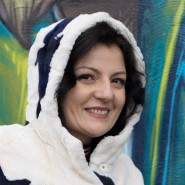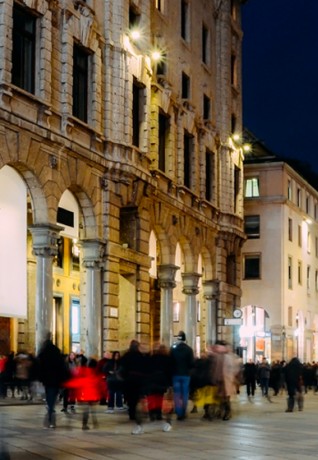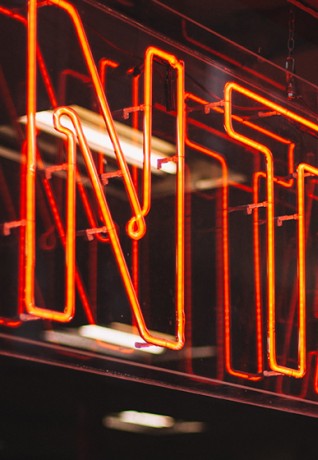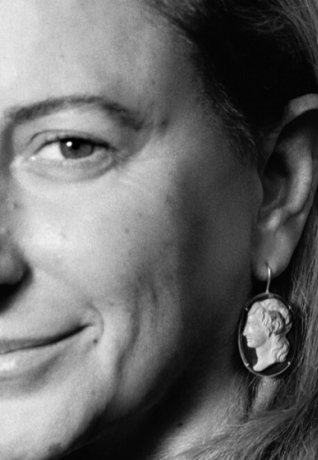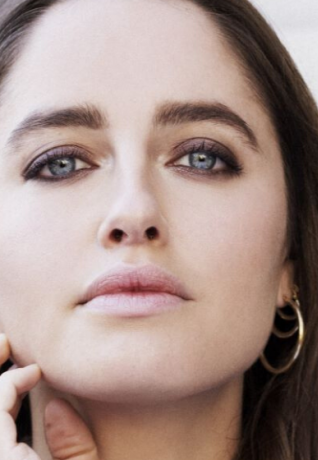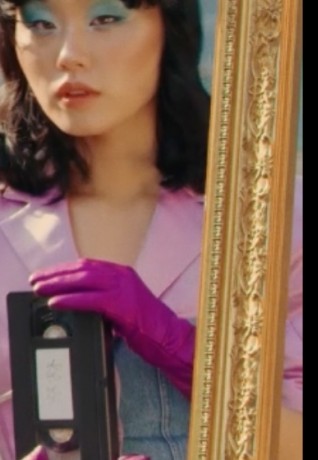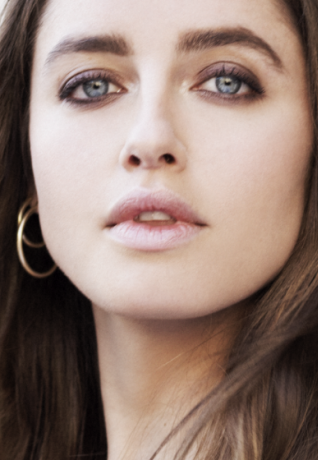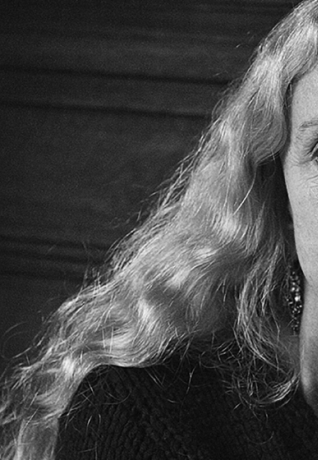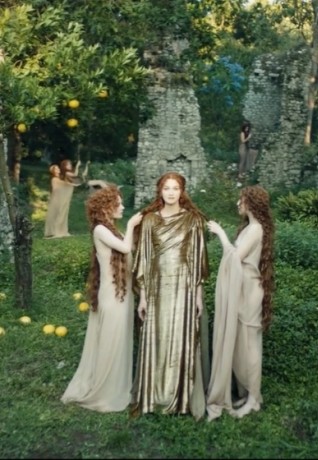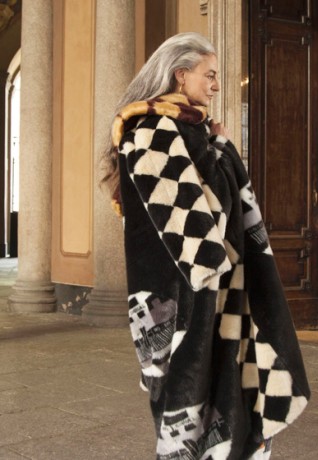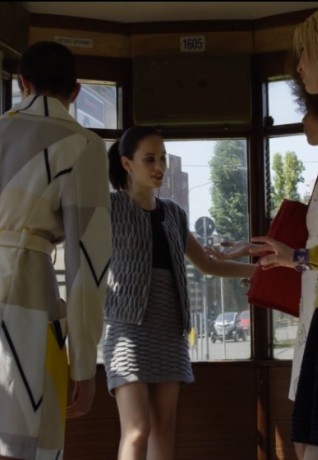The geography of fashion in Milano
Interview with Giovanna Vitacca, Milanese personal shopper and IED professor
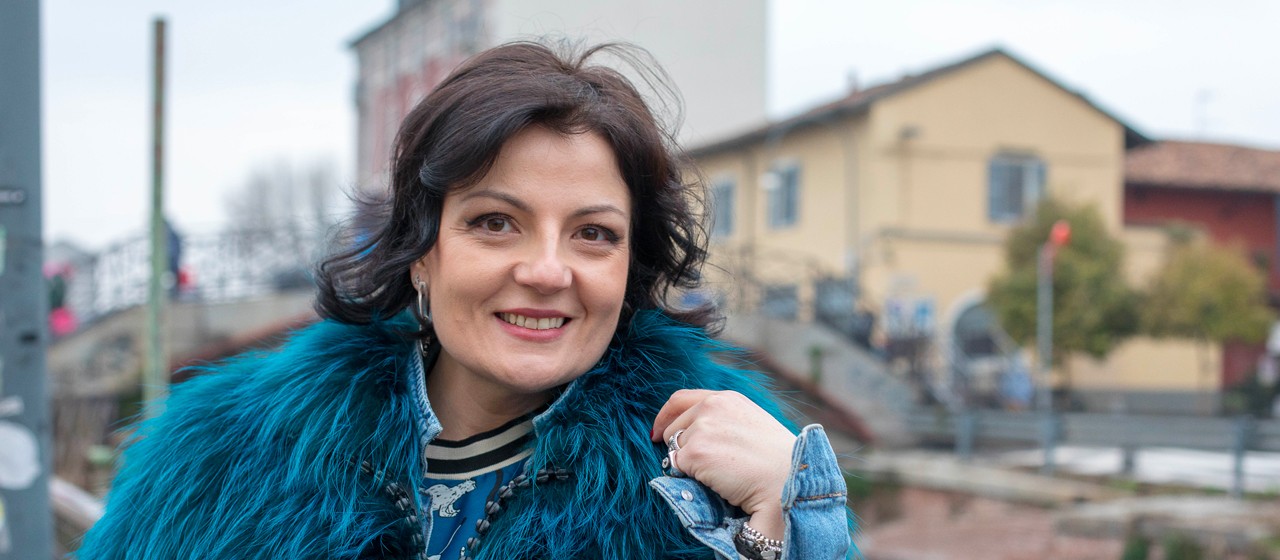
- What have you discovered in this journey in the hidden fashion?
- What is the role of our city in the "fashion circus"?
- What are the emerging trends?
- It seems almost that a new geography of fashion is transforming the city
- How can the new fashion lovers help in this rebirth period?
- Is fashion really living a green and ethical revolution?
Active in the world of fashion for over seven years, Giovanna has dedicated herself to Italian brands. Now she is a personal shopper and a professor at the European Institute of Design. In her book La Moda Nascosta, she interviews dozens of designers, magazine editors, people in the retail and outlet world, riding the digital waves of e-commerce. In short, she traces the plot and the warp of Made in Italy.
I discovered that not everyone wants visibility as opposed to what one might think, some excellent realities of employers prefer to keep a low profile communication.
Milano is a multi-layered city, hidden, which must be unveiled and, compared to the rest of Italy, it is a pioneer and likes to experiment. It is the driver, the muse that inspires. Milano represents the last mile of the fashion chain, with showcases and marketing, but above all, it is the land where to enter into a relationship with the experts.
Thanks to my experience as a personal shopper, I see flourishing ateliers, dressmakers, shops and textile wholesalers: from the Moscova area to Corvetto, from where, for instance, part of the woollen crepe of Queen Elizabeth's suits comes from.
The desire for a bespoke suit returns to a store where you can live an experience wrapped in scents, attention and music. An example above all? The historic atelier in Corso Venezia where they make Chanel-style tweed suits for the Milanese “sciure” (ladies in Milanese), where since 1946 the founder Cicci Poletti personally welcomes customers, measures the brim on her knees and puts everything in her diary.
Another trend is the reduction of fashion shows, attended more by bloggers than by buyers. The big brands are closing the second lines, while premium and star clients are invited directly to the atelier.
That's right, here is the new Milano Fashion map: in the centre the flagship stores, offices in the Garibaldi area and showrooms in the Porta Romana, Isola, 5 Vie and Navigli areas.
The shops of shoe and bag artisans are reborn. An interesting area is Around Richard, a fast-developing area that takes shape in the walls of the former Richard Ginori's Naviglio factory, a real hotbed of design and fashion ideas.
Another novelty is the dual combination in retail: the combination of clothes & flowers or clothes & coffee. Fashion is part of this phenomenon that wants to bring an original experience to life.
To fill the space between a customer who inquires online and the staff who are very attentive to the sale but with a more tenuous specialization, space is created for the image consultant, a professional able to personalize, guide and steer between the novelties and the numerous city events, from Fashion Week to White, up to Milano Unica, a real anticipation to discover the novelties on excellent and most sought-after fabrics in the coming seasons.
Sorry for the pun, but in many cases the green "goes out of style", it is lived on an ethical level only by the big names that can afford it like Stella Mc Cartney and Vivienne Westwood.
In the stores, the green choices concern attention to lighting choices, energy and waste disposal.
More marked from an ethical point of view is the attention to the issues of exploitation of child and women's labour, hence the proximity of the city to the Fashion Revolution movement, attentive to the maximum transparency of the system of production of fabrics and clothes.

 Log in
Log in
